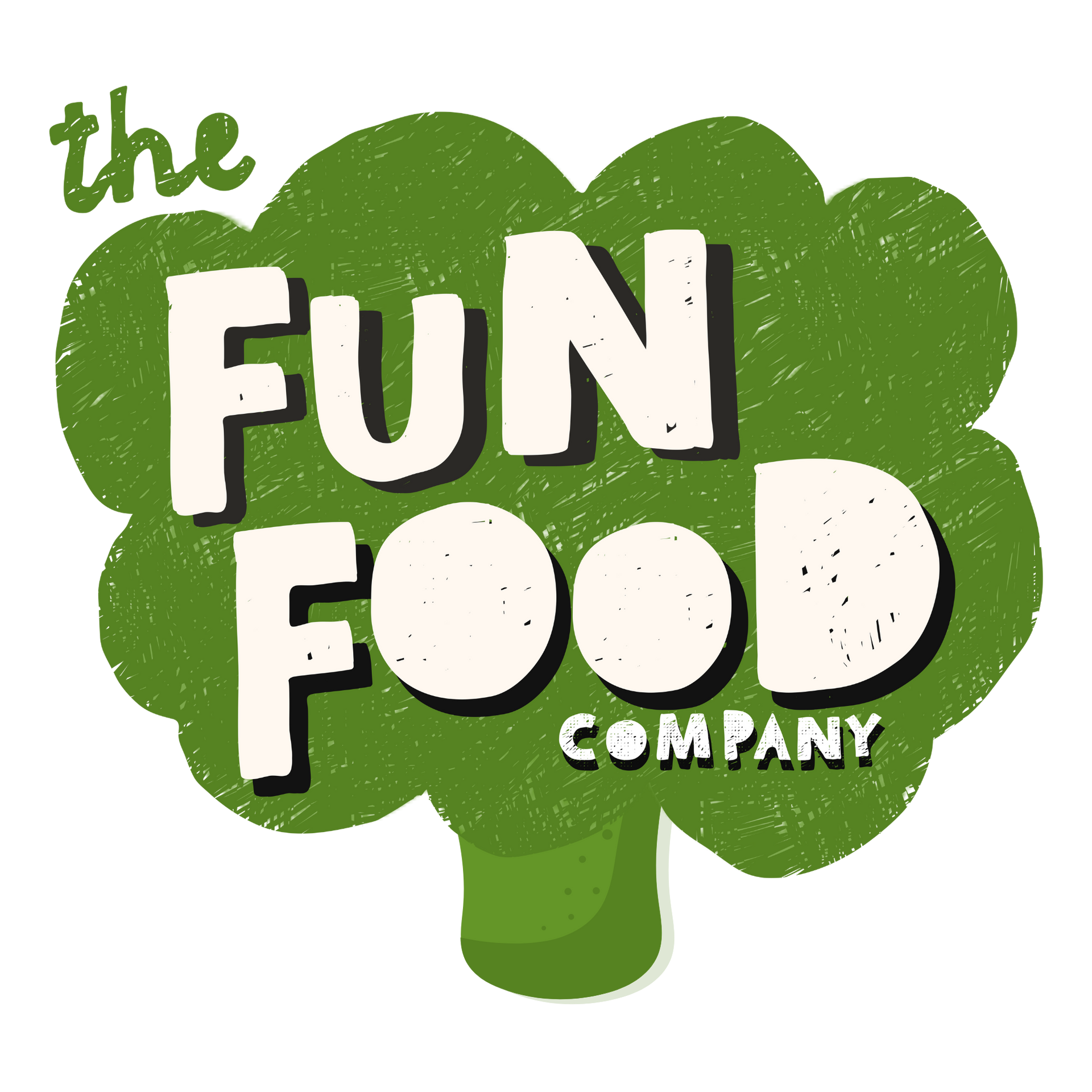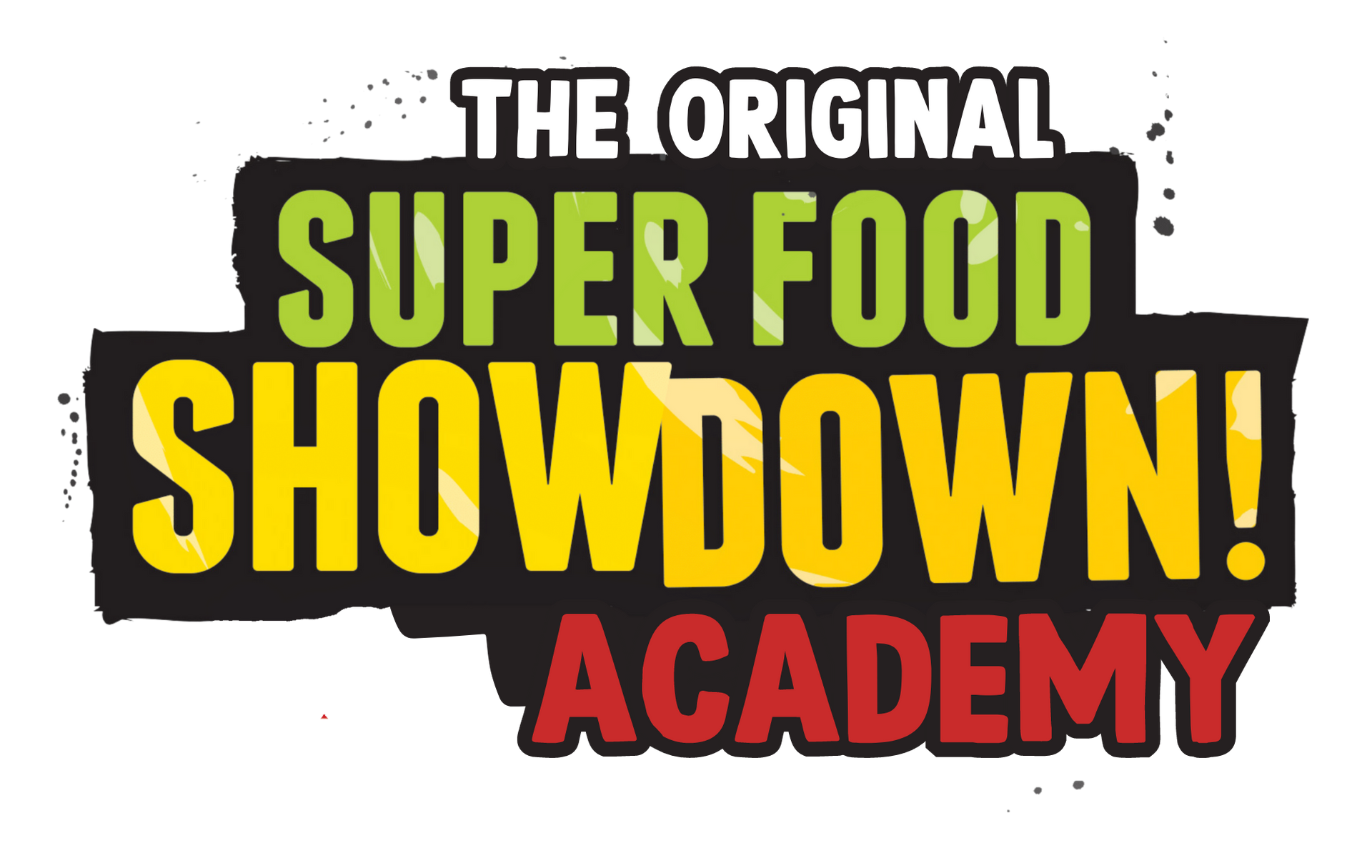10 techniques to try
Click on a technique to learn more
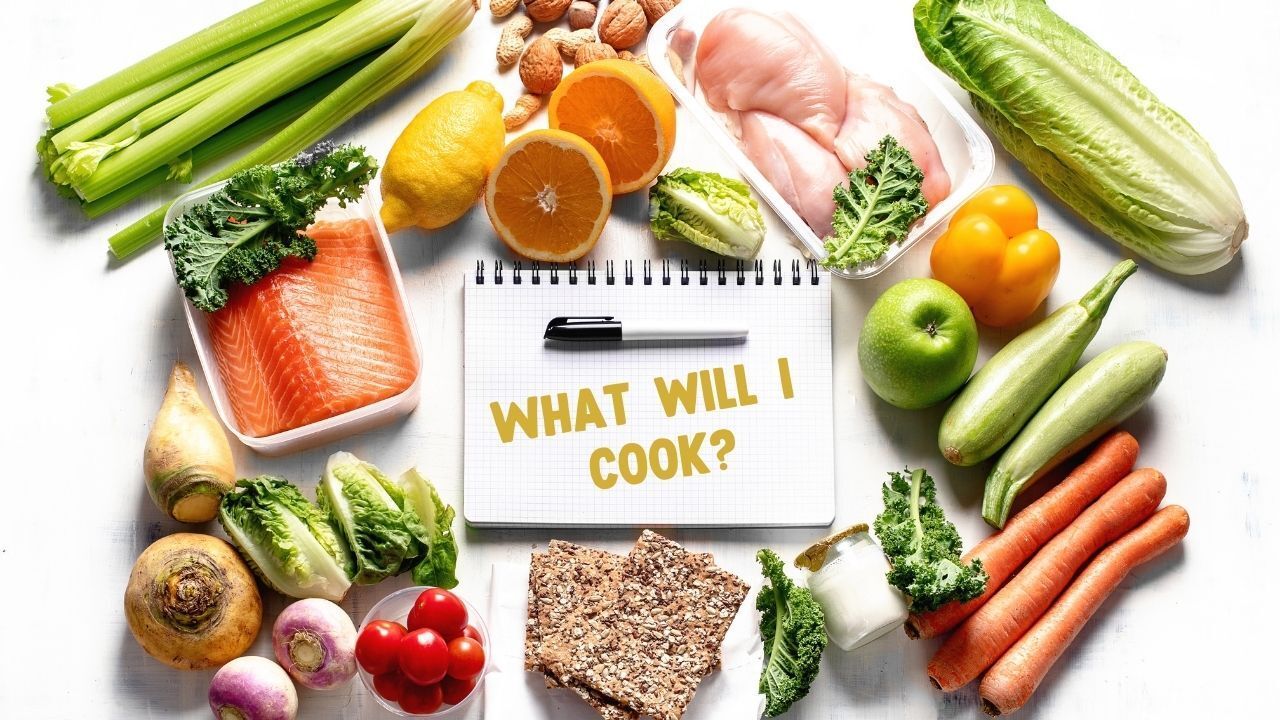
01
PLAN YOUR DISH
Becoming a better cook is a journey. From the first time you fry an egg to the day you plate up food worthy of a Michelin star, we are always learning, tweaking flavors and textures and trying new ingredients.
When planning a dish there are lots of things to think about, from the ingredients to how we put the food on the plate. Draw a picture of your dish if you need to, and get your kitchen space organised with everything ready.
So, choose a recipe, or create your own, and think about the steps below to create a Michelin star dish!
02
create height on your plate
Height is an easy way to wow! People eat with the eyes first, and height makes it look like there's more delicious food to eat.
How to do it: Build from the bottom up.
Bottom Layer: Like the foundation of a house, the bottom layer of your dish usually helps the other layers stay together. Puree, mayo, vegetable mash can be used as a base.
Top Layer: The top layer of your dish will probably be your meat or protein, or longer things like asparagus or potato wedges. You can stack your food items on top of each other, or lean them against each other. Creating height adds excitement to your dish.

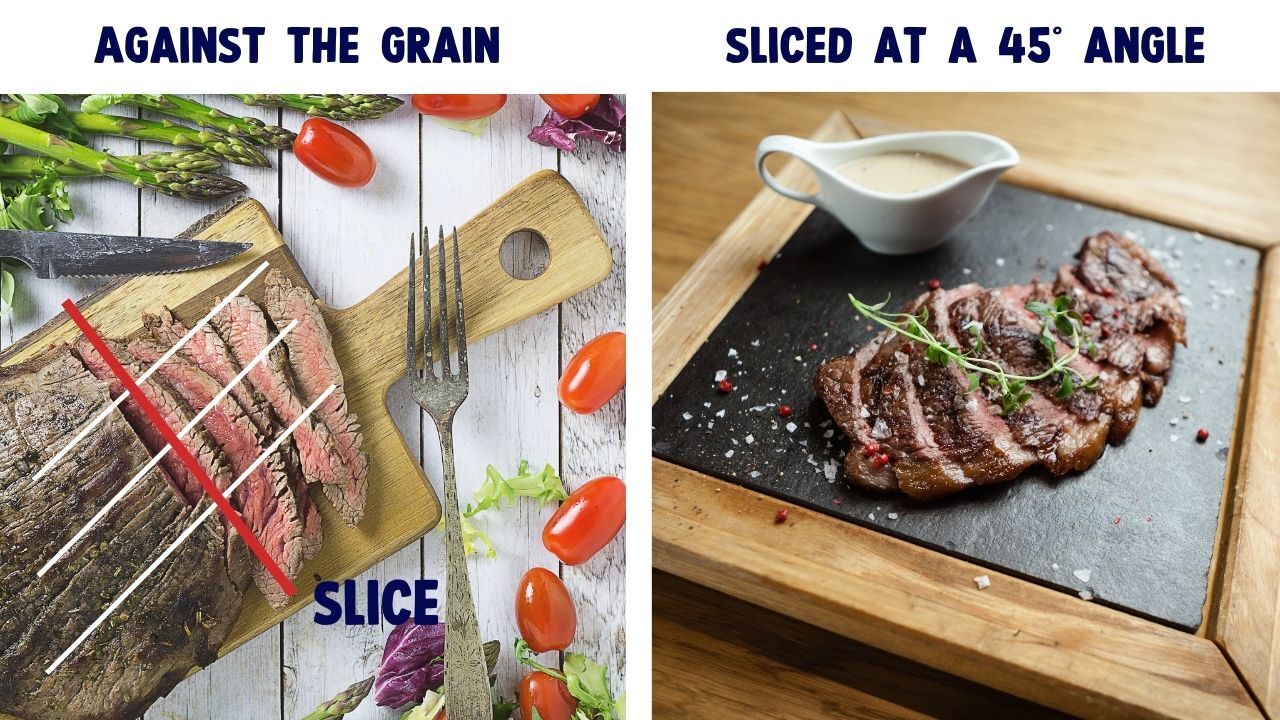
03
slice meat against the grain
Slicing meat against the grain makes it a lot easier to chew!
What does it mean? All meat has fibres, you could call it the direction of the meat. When slicing meat, don't slice in the same direction of the meat, slice across it. If you can't tell, slice the meat at a 45° angle (2nd picture).
TIP: The thinner your you cut the meat, the easier it is to chew. When plating meat, fan it out, or spread it out. Don't just dump it on the plate!
04
USE A VARIETY OF TEXTURES
Mixing and matching textures of your food makes it more exciting to eat!
The way you cook your ingredients makes them look more interesting when on the plate. You can change textures of food by the way you cook them. Adding a Sauce to a plate can add another great texture!
- Boiling and Steaming: Steaming or quickly boiling your vegetables brings out their bright colours.
- Roasting: Roasting adds flavour and crunch to foods such as potatoes, onions, and carrots.
- Searing: Meats and fish are great seared (cooked in a very hot pan). It makes a delicious, crispy brown outer layer that looks great.
- Frying: When done well, frying food adds texture. But, undercooked or overcooked fried food, or those that are not drained properly, can look greasy and not enjoyable.
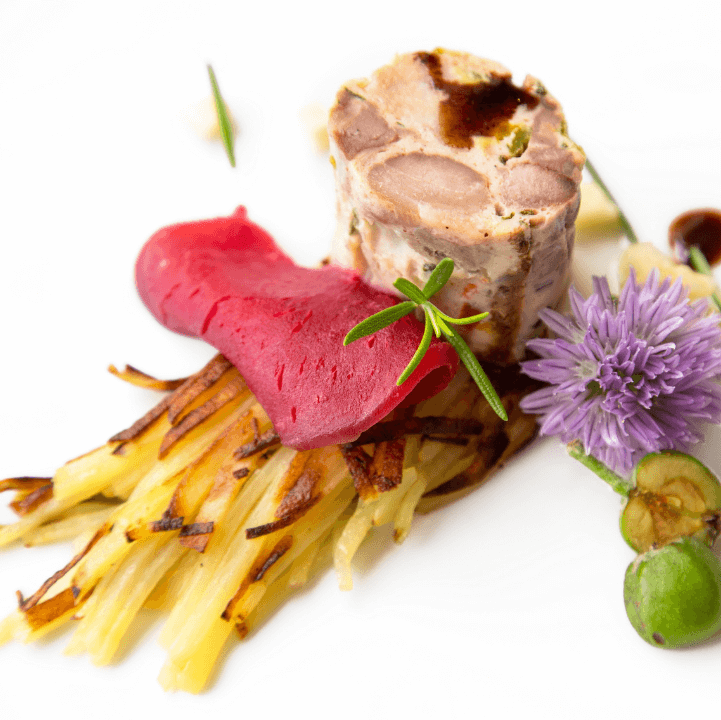
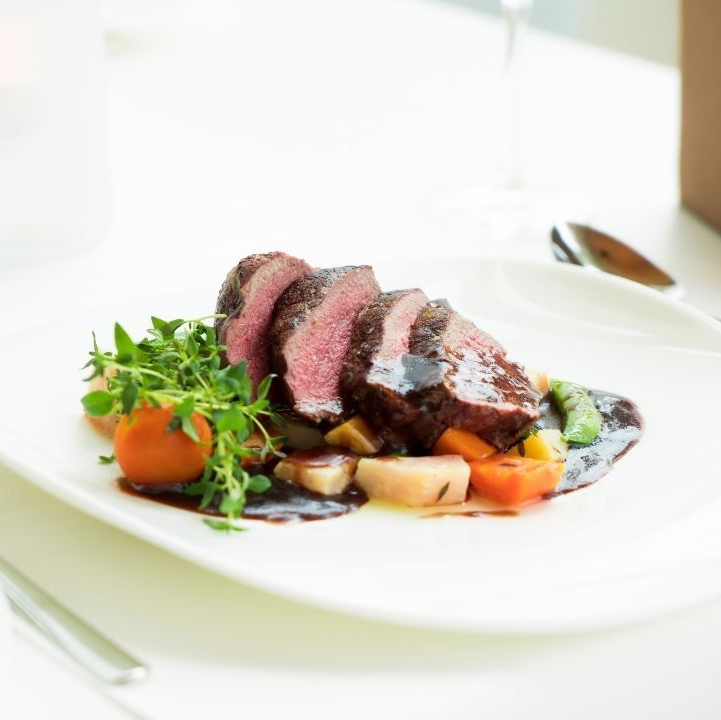
05
use lots of colour
Colours really affect how the food looks, remember we eat with out eyes first.
Foods with clashing colours, for example a grilled steak (brown) with asparagus (green), sweet potato puree (orange), and red wine sauce (red/brown) on a white plate, will look a lot better than foods that have similar colours, for example pasta with a white coloured sauce on a white plate will just look bland and boring.
You don't need to use lots of colours, but colours that are bright and go well together, will look great!
06
use the right plate
The plates you choose to serve your food on are just as important as the food itself.
Look at the food in the picture, it's beautiful. Now look the plate. It's off green, but why? It really contrasts with the brown colours in the food, and creates harmony. Now think of it on a bright white plate. The bright white, would really make the food 'pop' off the plate!
Think of yourself an artist, and the blank plate is your canvas, and your ingredients are your paint.
Most chefs prefer to use white plates, which makes the colour and texture of food to stand out.
Don't fill the plate - leave lots of clean, open space.
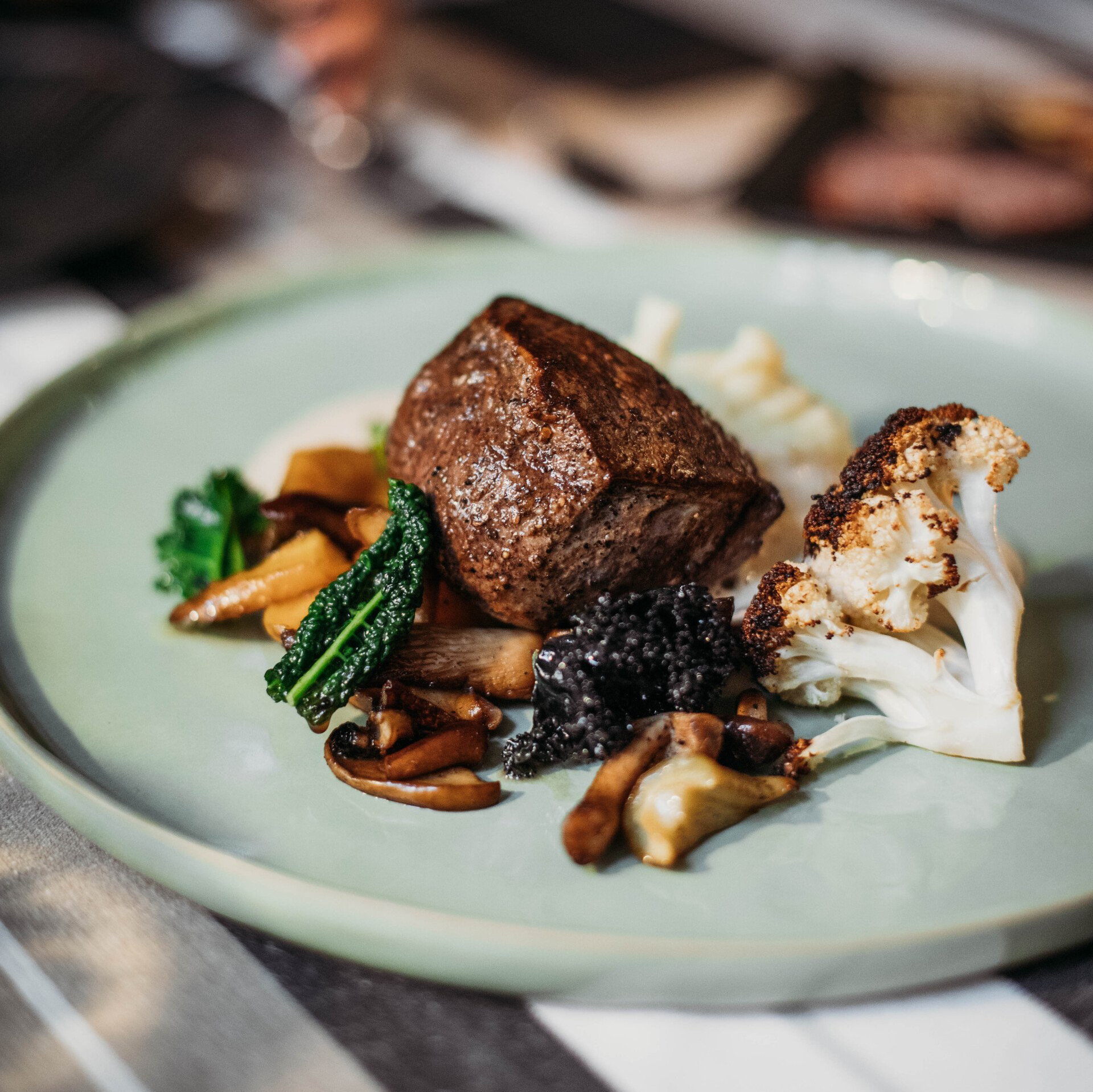

07
splat, dot and spread your sauces
Mastering this technique takes your food up to the next level! Remember, we eat with our eyes first - make it look impressive! It takes some practice to get used to doing it, but don't hold back, give it a go!
Here's how to do it:
- Use squeeze bottles to dot thicker sauces.
- To smear, put a blob of sauce on your plate, and using the tip of the spoon drag the sauce out in one quick movement.
- For thinner sauces, use a spoon to drizzle it all around the plate.
08
serve smaller portions
Smaller portions on the plate makes the food pop! If you are plating food like a Michelin star chef, you don't need to fill the plate. Make sure there is lot's of empty space on the plate.
Of course, you still want to serve enough food, but smaller portions are usually easier to make beautiful, it allows space for sauce streaks and shows off the food.
Stick to no more than six elements on each dish so the plate doesn't look too overcrowded or busy.
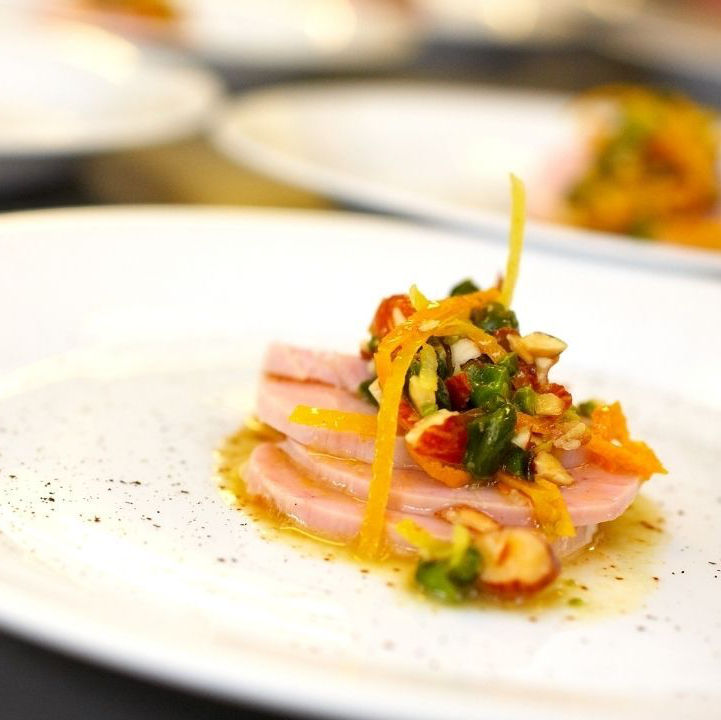

09
keep it simple and odd
Overcrowding the plate with things you don't need just takes away from the food that you worked so hard to create!
Rather than piling on a million things like garnish or swirls of sauce, let the quality of your cooking speak for itself.
But why odd? Food served in odd numbers looks better because it doesn't balance, and so your mind thinks its more exciting! Arrangements in one, three, five or seven pieces look best.
10
experiment!
There’s an art in plating food; it’s where chefs can be really creative and express themselves.
Chefs should think of food plating and presentation just like an artist would think about their next painting. Michelin Star chefs may take weeks to put together the perfect
Keep trying, keep experimenting, and if it doesn't look too good, don't give up, try again!
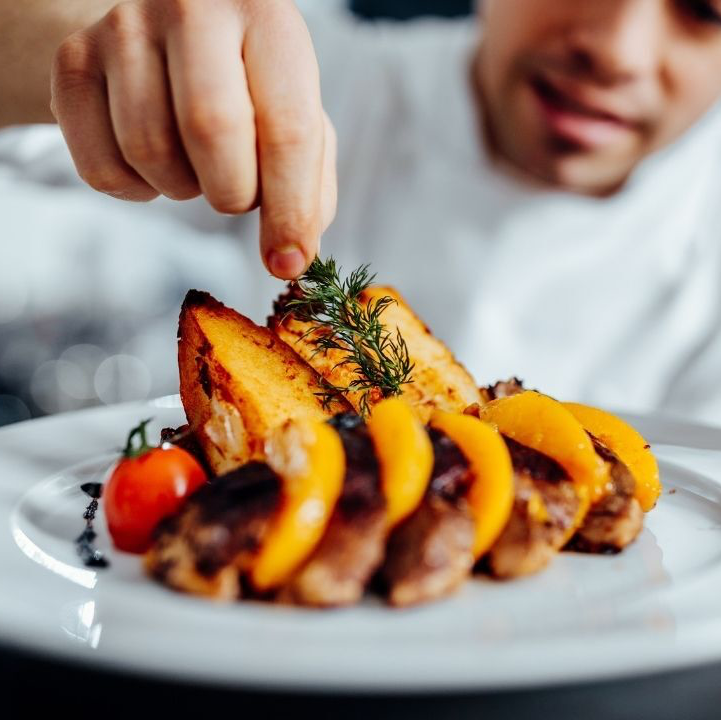
All Rights Reserved | The Fun Food Company Ltd
As seen on findteambuilding.com

